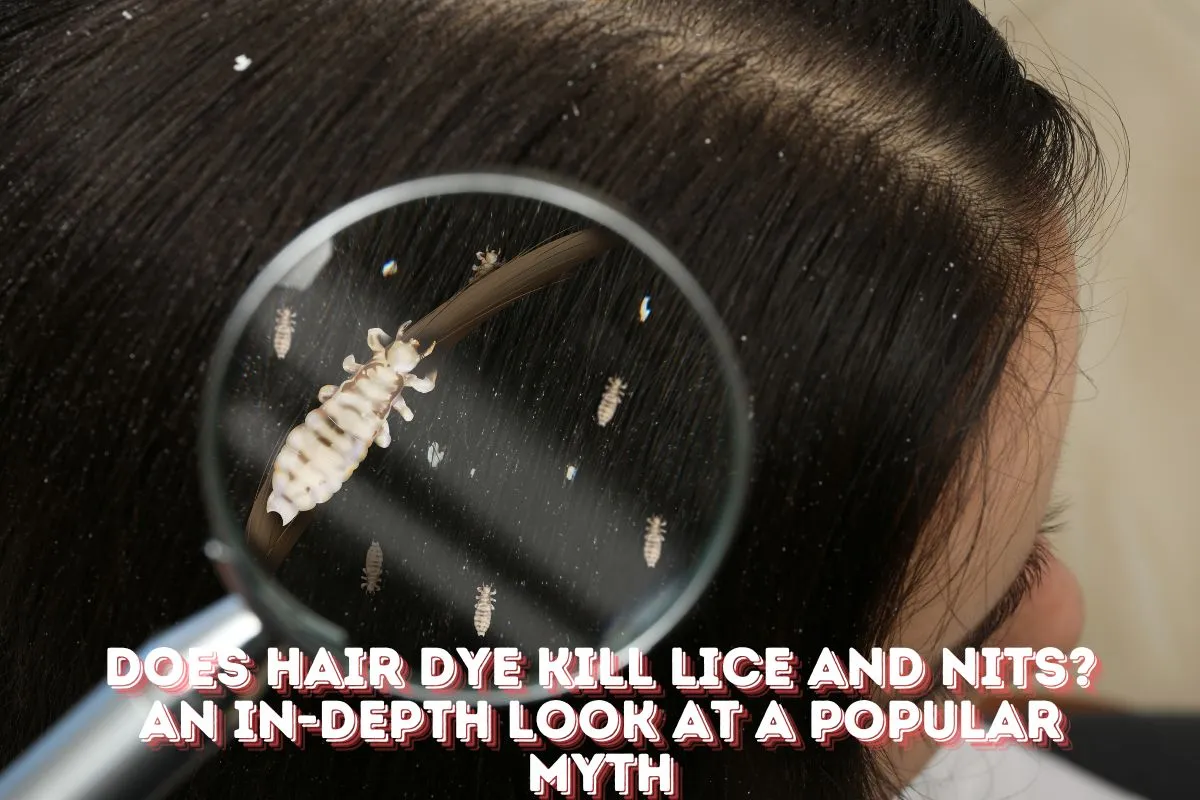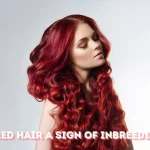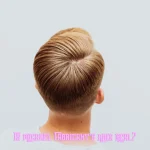Dealing with lice is no one’s idea of fun. These tiny pests can turn your life upside down, causing itching, discomfort, and endless frustration. If you’ve ever faced a lice infestation, you’ve probably heard the rumor that hair dye can kill lice and their eggs (nits). But is there any truth to this claim? In this article, we’ll explore whether hair dye is an effective lice treatment, break down the science behind it, and provide practical tips for tackling lice infestations.
Table of Contents
ToggleHow Lice and Nits Function on the Scalp
Lice are small, wingless insects that survive by feeding on blood from your scalp. They attach themselves to hair strands and lay eggs, called nits, which cling tightly to the hair shaft. Nits are protected by a tough outer shell, making them resistant to many treatments.
Lice spread through direct contact, which is why children, especially those in school or daycare, are more prone to infestations. While lice can be killed relatively easily with treatments, nits are much harder to eliminate, often requiring multiple approaches.
Table: Comparing Lice Treatment Methods
| Treatment Method | Effectiveness on Lice | Effectiveness on Nits | Pros | Cons | Best for |
|---|---|---|---|---|---|
| Hair Dye | Moderate | Low | Readily available; May kill some lice instantly | Less effective on nits; May damage hair | Mild infestations; Temporary fix |
| Over-the-Counter Shampoo | High | Moderate to High | Easy to use; Specifically designed for lice treatment | May require multiple applications | Mild to moderate infestations |
| Prescription Treatments | Very High | High | Strong formula for severe cases | Requires prescription; Potential side effects | Severe infestations |
| Natural Remedies (e.g., Tea Tree Oil, Vinegar) | Low | Low | Gentle on scalp; Minimal chemicals | May take longer; Less effective overall | Early-stage infestations or prevention |
| Lice Comb (with Conditioner) | Moderate | High | Chemical-free; Effective when done consistently | Time-consuming; Requires patience | All infestations; Follow-up method |
Key Tips for Success:
- Combine Methods: Using hair dye alongside combing increases effectiveness.
- Repeat as Needed: Nits may hatch days later, so follow-up is crucial.
- Prioritize Scalp Care: Deep condition after hair dye or chemical treatments to maintain healthy hair.
Does Hair Dye Kill Lice?
The short answer is yes, hair dye can kill lice—but it’s not a perfect solution. Hair dye contains harsh chemicals like ammonia and hydrogen peroxide, which can dehydrate and kill adult lice. However, these chemicals are less effective on nits because of their protective shell.
- Expert Insight:Dr. Emily Carter, a dermatologist, explains, “While hair dye can kill lice and nits, it’s important to note that it’s not a primary treatment method. It’s best used in conjunction with other lice removal techniques.”
This means that while hair dye can help reduce the number of lice, it’s not a standalone solution for a full-blown infestation.
Why Hair Dye May Not Be Enough
One of the biggest challenges with using hair dye to treat lice is its limited effectiveness against nits. Even if the chemicals kill some lice, the surviving nits can hatch within a week, leading to a re-infestation.
- Expert Insight:A trichologist notes, “Hair dye can dehydrate lice and nits, making it difficult for them to survive. However, it’s essential to follow up with a thorough combing to remove any remaining lice and nits.”
This highlights the importance of combining hair dye with other lice removal methods, such as combing and over-the-counter treatments.
My Personal Experience with Hair Dye and Lice
A few years ago, my niece came home from school with lice. My sister, desperate for a quick fix, decided to use an ammonia-based hair dye. At first, it seemed to work—the lice appeared to be gone. But a week later, we noticed more nits in her hair.
We had to repeat the dye treatment and use a lice comb daily to completely eliminate the infestation. This experience taught me that while hair dye can help, it’s not a magic bullet. Combing and consistent follow-up are crucial.
Should You Use Hair Dye to Treat Lice?
While hair dye can kill lice, it’s not the most recommended method for treating infestations. Experts suggest using it as a supplementary treatment rather than the primary solution.
- Expert Insight:A pest control expert advises, “Using hair dye as a lice treatment should be considered a temporary solution. For persistent infestations or large outbreaks, it’s recommended to consult with a healthcare professional or pest control expert.”
In other words, hair dye can be helpful in a pinch, but for serious infestations, it’s best to rely on more proven methods.
Is Hair Dye Safe to Use for Lice?
Hair dye contains chemicals that can dry out your hair and scalp, especially with repeated use. If you’re already dealing with an itchy scalp from lice, adding harsh chemicals may cause further irritation.
- Expert Insight:A hair care expert warns, “Applying hair dye to your hair can be drying and damaging. It’s essential to use a conditioner and take care of your hair after treatment.”
If you decide to use hair dye for lice, be sure to follow up with a deep conditioning treatment to restore moisture and prevent damage.
How to Use Hair Dye for Lice Removal
If you’re set on using hair dye to tackle lice, here’s a step-by-step guide to ensure the best results:
- Choose a Dye with Strong Chemicals: Opt for a hair dye that contains ammonia or hydrogen peroxide, as these are effective at killing lice.
- Apply the Dye Evenly: Follow the instructions on the box and ensure the dye covers your entire scalp and hair.
- Leave the Dye on for the Recommended Time: Most dyes require about 30 minutes to work effectively.
- Rinse and Comb: After rinsing, use a fine-toothed lice comb to remove dead lice and nits.
- Repeat if Necessary: You may need to repeat the process after a few days to ensure all lice and nits are gone.
- Deep Condition Your Hair: Use a deep conditioning mask to restore moisture and prevent damage.
Alternatives to Hair Dye for Lice Treatment
If you’re not sold on using hair dye, there are other, more reliable treatments available:
1. Over-the-Counter Lice Shampoos
Products containing permethrin or pyrethrin are specifically designed to kill lice and nits. They are often more effective than hair dye and come with detailed instructions for use.
Study Insight:A study titled “Effectiveness of Over-the-Counter Pediculicides for Head Lice Infestations” found that permethrin-based shampoos were highly effective at eliminating lice and their eggs (Pediatrics).
2. Prescription Treatments
For severe infestations, a healthcare provider may prescribe stronger treatments, such as malathion or ivermectin.
3. Natural Remedies
Some people prefer natural options like tea tree oil, coconut oil, or vinegar. While these can help suffocate lice, they are often less effective than chemical treatments.
Personal Anecdote: During a lice outbreak in my family, we tried a combination of tea tree oil and daily combing. While it helped reduce the infestation, we eventually had to use a lice shampoo to eliminate the problem completely.
Conclusion: Does Hair Dye Kill Lice and Nits?
In conclusion, hair dye can kill lice, but it’s not a foolproof solution. While the chemicals in hair dye can dehydrate and kill adult lice, they are less effective against nits. This means that even after using hair dye, you’ll need to follow up with thorough combing and possibly other treatments to ensure the infestation is completely gone.
Expert Insight:Dr. Emily Carter emphasizes, “Hair dye should be used as a secondary treatment, not the primary one. Combining it with other methods, like combing and over-the-counter treatments, will yield the best results.”
If you’re dealing with lice, consider using proven treatments like lice shampoos or consulting a healthcare professional for severe cases. And if you do use hair dye, don’t forget to deep condition your hair afterward to keep it healthy and hydrated.
Key Takeaways:
- Hair dye can kill lice but is less effective against nits.
- Combine hair dye with thorough combing and other treatments for best results.
- Over-the-counter lice shampoos and prescription treatments are more reliable options.
- Always condition your hair after using hair dye to prevent damage.
With this guide, you’re equipped to tackle lice infestations effectively—whether you choose to use hair dye or opt for other treatments. Remember, consistency is key when dealing with these persistent pests!




